Are you feeling stuck or undervalued in your current job? A career change at 30 might be the bold move you need. While it comes with challenges, it’s entirely possible and can lead to a more fulfilling professional life. Here are some tips to guide you through this transformative journey.
Assess Your Readiness for Change
Before diving into a career change, ask yourself critical questions:
• Identify Discontent: Pinpoint what you dislike about your current job.
• Attractive Features: Determine the aspects that draw you to another career.
• Current Job Enjoyment: Recognize any aspects of your current job that you enjoy.
• Reflect on Past Choices: Understand the factors that led you to your current career.
This self-reflection will clarify your skills, helping you plan for the transition.
Tips for a Successful Career Change
1. Tap into Your Network:
Leverage your professional and personal networks. Connect with individuals in your desired field to gain insights into the day-to-day reality of the job.
2. Conduct Thorough Research:
Challenge assumptions about needing a second degree. Many employers prioritize experience and skills over formal education. Research thoroughly to understand the requirements of your target career.
3. Bridge Skill Gaps:
Identify the skills needed for your new path and address any gaps. Online courses or skill-based volunteering can be valuable resources for skill development.
4. Gain Relevant Experience:
Embrace the gig economy to build experience through freelance work. Even pro-bono projects contribute to your skill set and resume.
5. Revamp Your Resume:
Assess your past work experiences to identify transferable skills. Tailor your resume to highlight relevant qualities for your new career.
6. Craft a Compelling Cover Letter:
Share your story positively in your cover letter. Communicate your passion for the new role and explain your reasons for the career shift.
7. Expand Your Network:
Networking is crucial, especially when entering a new industry. Attend events, connect with professionals, and seek mentorship to enhance your exposure and knowledge.
Embrace the Challenge
Changing careers at 30 requires courage and effort, but it’s never too late to pursue your passion. By dedicating yourself to gaining necessary skills and networking, you can successfully navigate this transition. Embrace the challenge, stay positive, and let your passion guide you towards a more rewarding professional journey.

